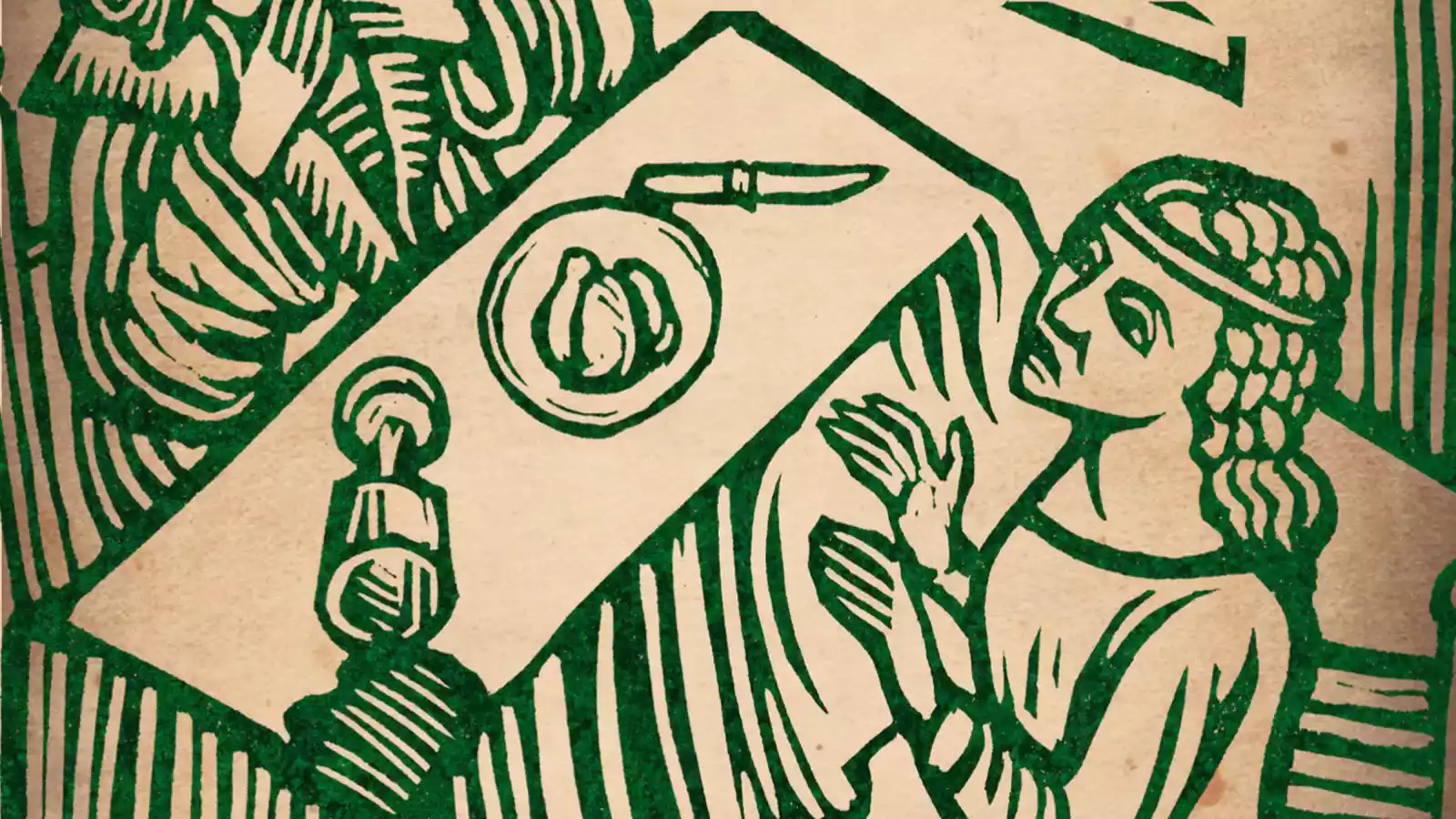13. Allelopathy and Herbivory

What will you learn in this lecture:
- To define allelopathy and provide classic examples of this type of interaction.
- Ability to explain alternative mechanisms to explain these patterns.
- Characteristics of the major defensive strategies used by plants to combat herbivory, and how these differ between apparent and inconspicuous species.
- To detail the responses of herbivores to these strategies.
Enrolled students of fall 2025 should watch this lecture before November 11.
What questions should you be able to answer now?
- What alternative explanations exist for apparent allelopathic systems? Why is it important to pay attention to different aspects of biological interaction?
- Why is it advantageous for some plants to use structural defenses, while others use chemical defense tactics?
- Where do plants with different deffensive strategies exist in Grime's triangle?
- What is Feeny's Apparency hypothesis?
Useful links and materials:
Chapter 12 in: Krebs, Charles J. Ecology: The Experimental Analysis of Distribution and Abundance.
Featured image: Monkshood was a favorite food choice among political competitors during middle ages. (Cover of the book Monk's Hood: The Third Cronicles of Brother Cadfael by Ellis Peters; ISBN 0751543772)